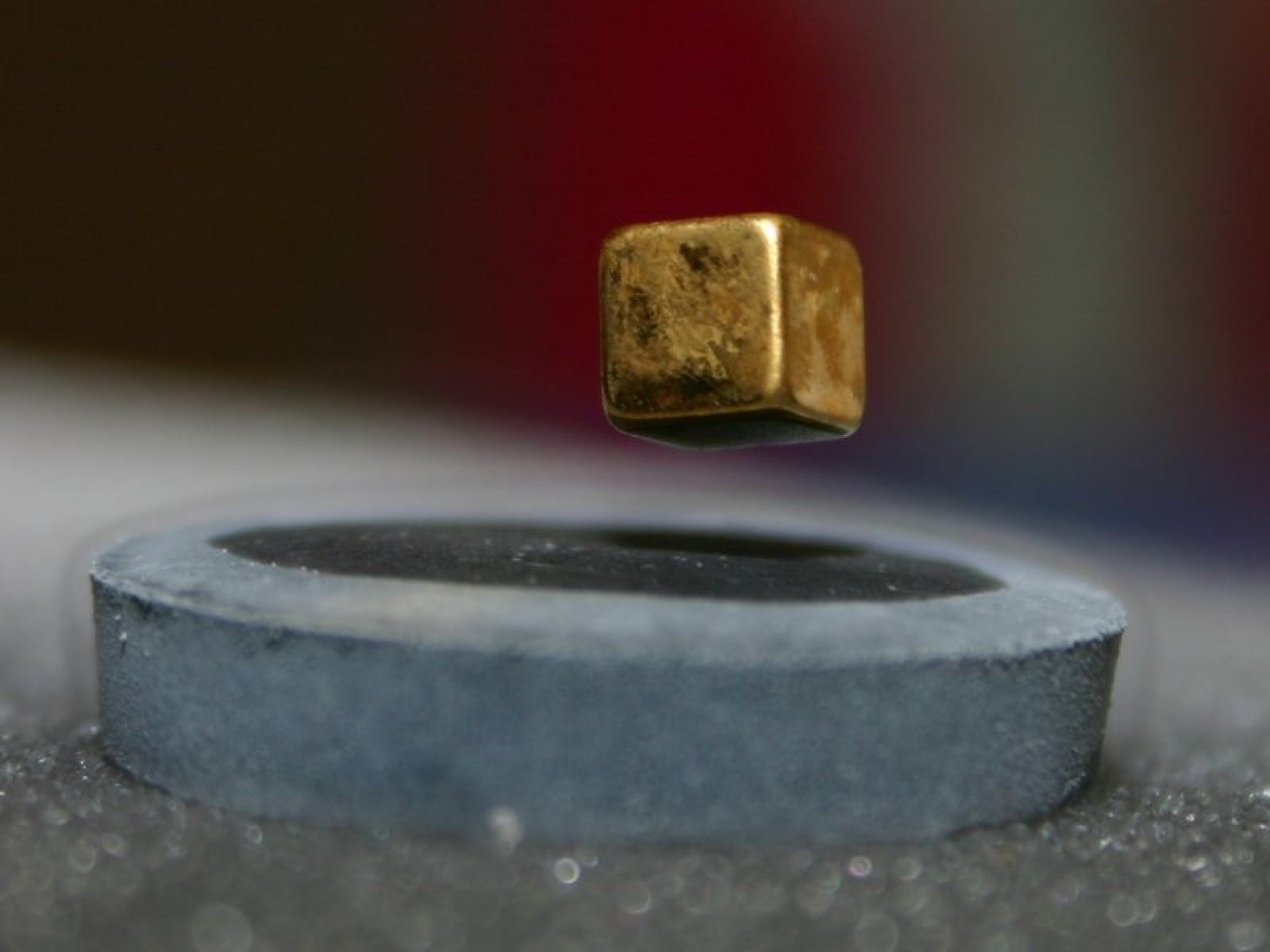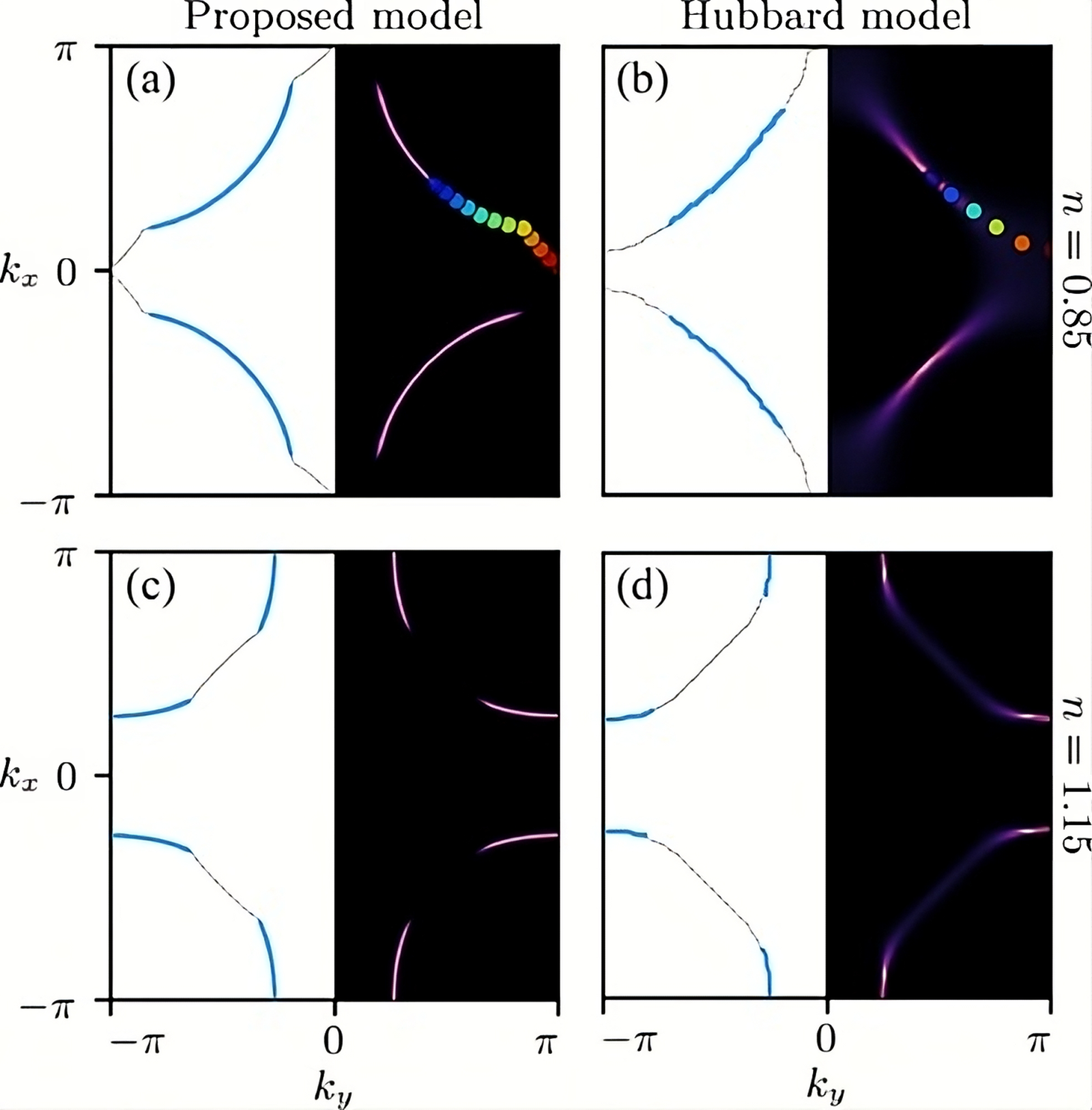Superconductivity: this discovery could redefine our understanding of electricity ⚡
Published by Cédric,
Article Author: Cédric DEPOND
Source: Physical Review Letters
Other Languages: FR, DE, ES, PT
Article Author: Cédric DEPOND
Source: Physical Review Letters
Other Languages: FR, DE, ES, PT
Follow us on Google News (click on ☆)
Superconductivity is a state where electricity flows without resistance. This means no energy is lost as heat, a dream for energy applications. Discovered in 1911 with ultra-cold mercury, this phenomenon is found in various materials.

The Meissner effect: a manifestation of superconductivity
Superconductors are divided into two types: Type I, such as lead, and Type II, such as cuprates. The latter show greater application potential, functioning at higher temperatures and resisting magnetic fields.
However, cuprates remain elusive. While the BCS (Bardeen-Cooper-Schrieffer) theory explains superconductivity in traditional metals, it fails to account for the complexity of cuprates. These materials exhibit strange behaviors, notably the famous Fermi arcs.
Fermi arcs illustrate the preferred directions of electron movement. These surprising curves are representative of the atypical behavior of electrons in cuprates. This directional restriction challenges conventional theoretical models.
A major breakthrough comes from a team at the Technical University of Vienna. Using innovative techniques, they were able to visualize these arcs with lasers. This has allowed the development of theoretical models that shed light on these interactions.

Fermi surface (blue) and Luttinger surface (gray) for the proposed model (left) and the Hubbard model (right).
The researchers highlighted that magnetic interactions, particularly antiferromagnetism, are crucial for understanding electron behavior in cuprates. In this phenomenon, the magnetic moments of atoms do not align in the same direction but alternate. This arrangement is reminiscent of a chessboard, where each square represents an atom, and the magnetic orientations alternate between two opposite directions.
Specifically, if one atom's magnetic moment is oriented upwards, the neighboring atom will have its moment oriented downwards, and so on. This configuration creates a complex magnetic field at the microscopic scale, influencing the movement of electrons. These antiferromagnetic interactions impose constraints on the quantum states that electrons can occupy, restricting their movement to specific directions.
Thus, the way these magnetic moments interact determines the electronic dynamics within cuprates, contributing to the emergence of the Fermi arcs observed in these materials.
This breakthrough paves the way for further research on materials with unconventional properties. By better understanding Fermi arcs, it becomes possible to envision innovative applications, for example, in the fields of energy systems and quantum computers.
Superconductivity, with its vast implications, could transform our relationship to energy and technology. The future may hold impressive discoveries in this field.